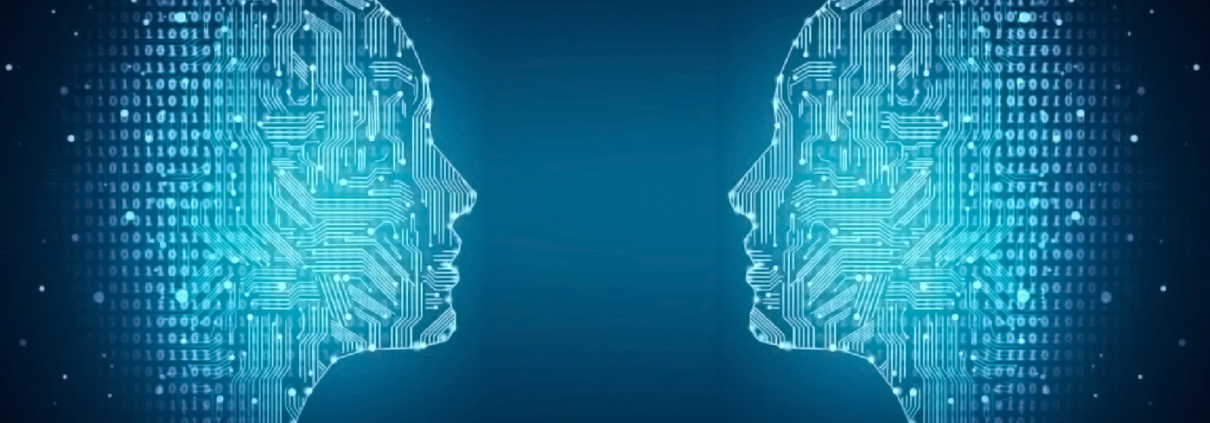Digital Twin Technology: An Innovation Game-changer and Its Synergy with Blockchain

I started my career in science at the University of Turin, where I obtained a three-year Bachelor’s degree in materials science and a Master’s degree in clinical, forensic and sports chemistry. Go to profile



